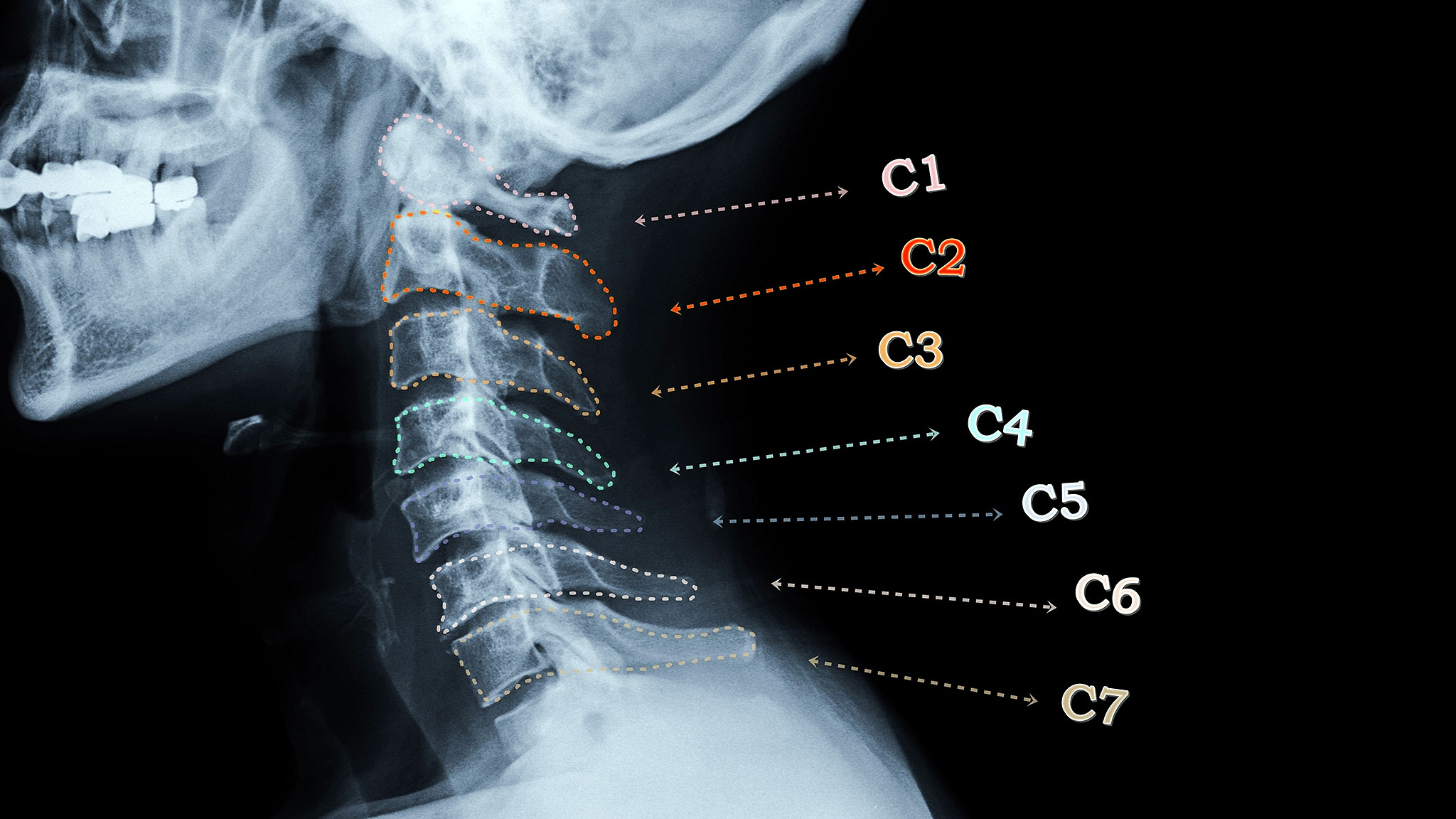Why “PPCS” can miss the real cause
Many patients arrive with a PPCS label—yet their MRI, CT, or EEG is “normal.” Labels can close doors. At Allied Neurology & Interventional Pain Practice (ANIPP), we reopen them by looking beyond the brain alone. Recurrent dizziness, brain fog, tinnitus, visual strain, headaches, balance issues, and “pressure” sensations often involve dysfunction in the upper cervical spine (C0–C2) that standard brain imaging won’t show.
The neck–brain connection
After a blow or whiplash, ligaments that stabilize the top of the neck can loosen. Even subtle C1–C2 mal-position can:
- Irritate cranial nerves and cervical afferents (inputs that guide balance, eye movements, and posture)
- Disturb blood flow dynamics to and from the brain
- Trigger vestibular symptoms (dizziness, oscillopsia), visual strain, and headaches
Our evaluation approach
With Dr. Dariusz Nasiek, MD (interventional pain) and Dr. Ziad Chaudhary, MD (neurology), your work-up may include:
- Detailed neuro and cervical exam with symptom provocation testing (gentle head turns, gaze, balance)
- Vestibular screening and oculomotor assessment
- Targeted imaging when helpful; dynamic/positional tests when symptoms worsen with head position
- Review of prior records to avoid redundant tests
Treatment—conservative first, precise when needed
- Cervical-focused PT to restore deep flexor endurance, joint position sense, and posture
- Vestibular rehabilitation for gaze stability and balance
- Image-guided injections (e.g., facet/medial branch blocks, occipital nerve blocks) or radiofrequency, when indicated
- Autonomic support for orthostatic intolerance/POTS; referral co-management when needed
Our goal: less guessing, more targeted care—so you can get back to school, work, sport, and life.
Serving NJ/NY (Englewood, Garfield, East Orange, Elizabeth, Rego Park).
Call 201-894-1313
Accident victims: ask about our free MRI review.

